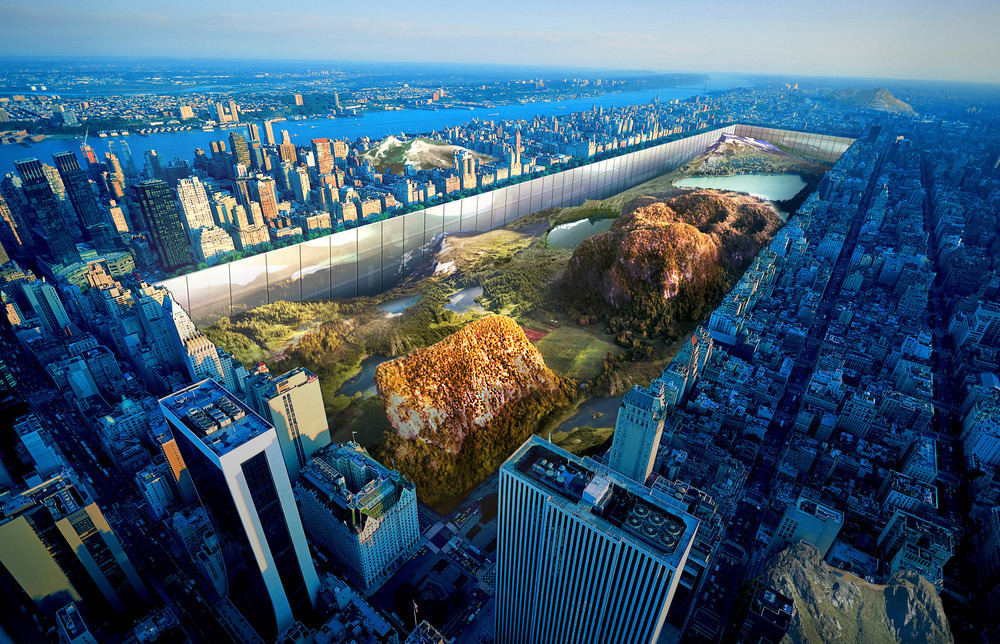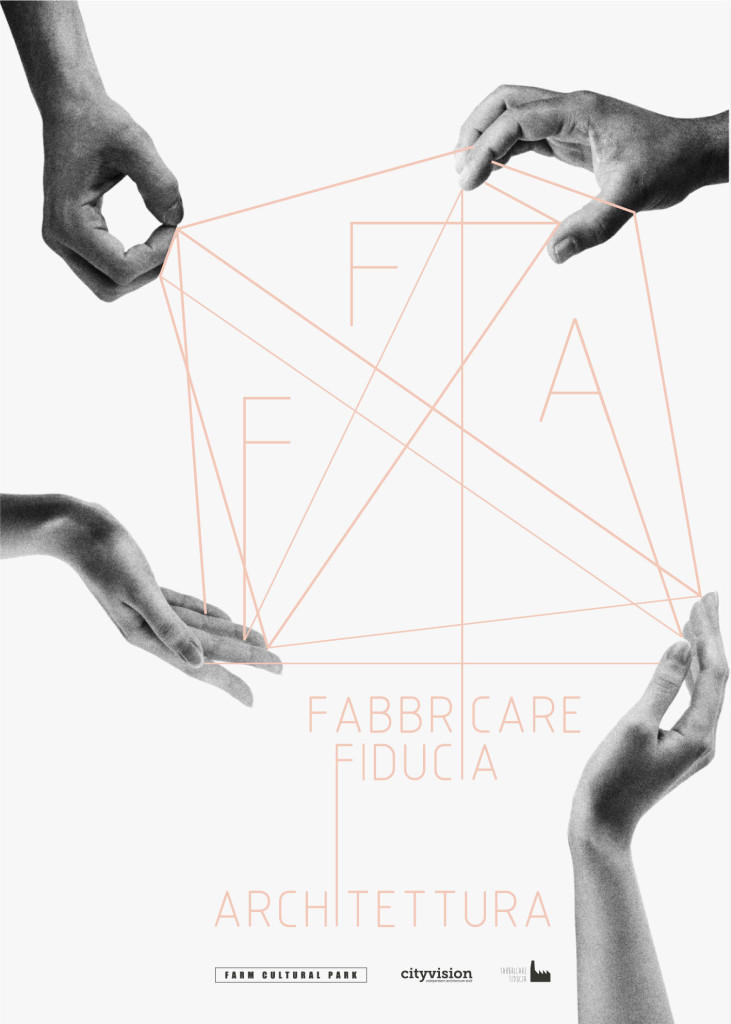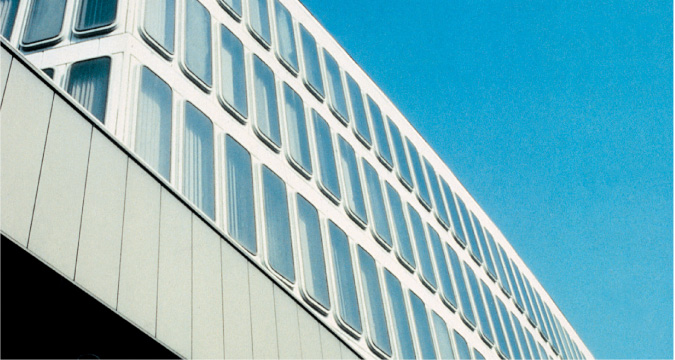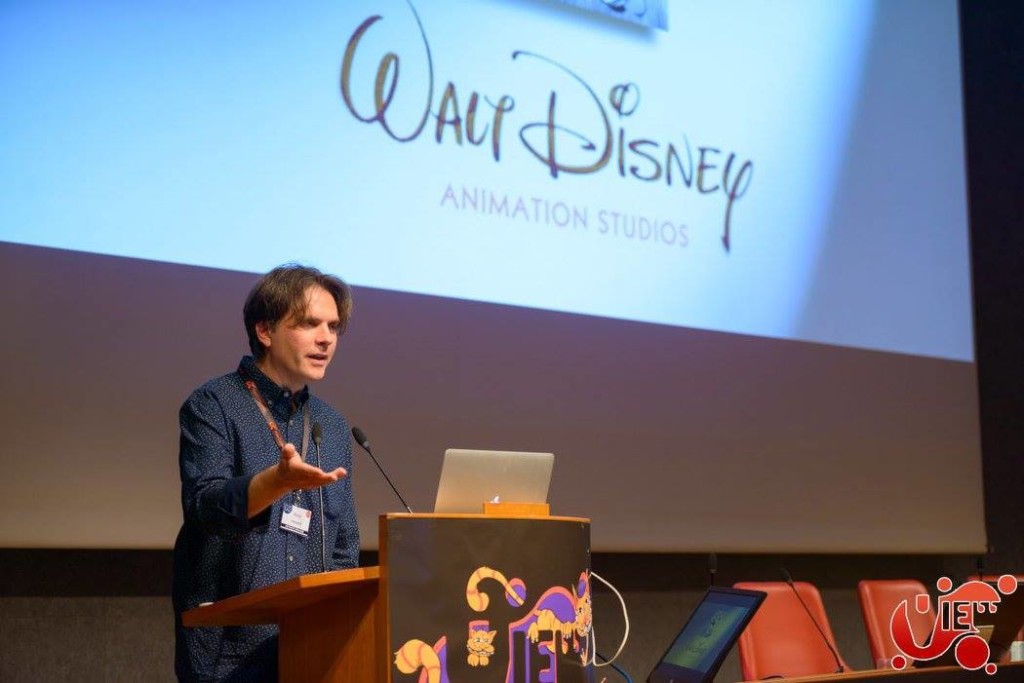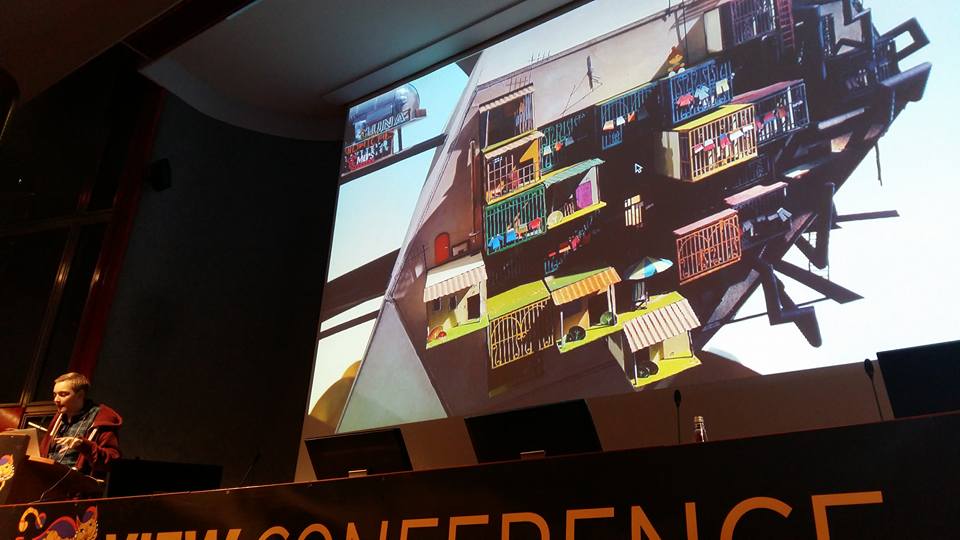View Conference and the emotional factor
By FRANCESCO LIPARI
I attended only four of the five days of View and I think I will regret it, for a year at least.
This year was my first View Conference, that is not just “an international annual event focused on computer graphics, interactive techniques, digital cinema, the ’2D / 3D animation, video games and visual effects” but a real high formation school that began seventeen years ago under the name of Virtuality which reached its worldwide success in 2005 by the creative genius of Maria Elena Gutierrez, an Italo-Mexican based in Turin with a fresh mind that is projected towards the future.
With Maria Elena I had the pleasure of talking about how the idea of View was born, its history and international guests who have worked in its various editions: the appointment of this year was just outstanding.
During my interview with Maria Elena she smiles frequently and talks with great pride of the strong need for an event like View, that is useful not only to the city of Turin but to all of Italy where, unfortunately, the schools that teach digital art are not yet up to the foreign standard (especially American).
View tries to compensate for this educational imbalance by stimulating students, professionals, and especially teachers to push the accelerator on their training, inspiring them to have a positive outlook towards the creative professions of the future.
For years, the View Conference celebrates its event inside a wing of the ‘Torino Incontra’ conference center in Via Nino Costa 8, Turin. Architecturally its space affects me immediately for its details and the completeness of its interiors, in fact I will find out later that the building was designed by the famous architect Carlo Mollino.
The first day of the View Conference is very stimulating and includes two high level conferences curated by the co-director of Zootropolis Byron Howard, and the director of photography of some Disney-Pixar classics, Sharon Callahan.
In a one-to-one interview, Byron tells me about how challenging it has been to work at the Zootopia concept (original title of the film) and how the work of over 500 people distributed in 5 years has allowed computer animation to take a big step forward, creating a part of the world ideally populated by mammals equipped with a hyper-realistic movement of hair that, as never before, moves in sync with the surrounding environment.
This and many other amazing technical aspects have allowed Disney to create a beautiful and contemporary film that imagines a world without humans (perhaps better that way) where anthropomorphic mammals of all species and in scale live together in a metropolis designed to adapt to each of their differences.
The architecture of the film is therefore amazing and includes different natural habitats that work together for their mutual operation, and is, as a real contemporary city, characterized by a diversity that does not scare but values it.
A very recurrent element in almost all the talk is definitely the emotional factor within each project.
Movie and videogame production companies, Google, MIT and many others seem interested in making the experience of the user more realistic in respect with their products.
Looking at the past Sensorama comes to mind, a system conceived by Morton Heilig in 1957, that complemented the visual experience with vibrations, wind and a system to reproduce scents. Who knows maybe someone will use the concept!
Besides Moreen Fan Baobab Studios with Invasion, the real thrill was pulled out from me by Daniel Fountain with the Lumino City project conceived by Luke Whittaker and Katherine Bidwell of State of Play.
The game was created to create a perfect hybridization between the analog and digital world through a town entirely recreated by hand with paper, cardboard, miniature lights and motors.
“The process was very intense,” says Daniel, that continues talking about the city’s infrastructure that was born thanks to an Italian architect who lives in London, Catrina Stewart.
“We were looking for the right technique to represent our idea of the city and suddenly in a London pub we notice a design of Catrina’s that delights us. Together we take a common path that leads us to structure a fantastic city designed to fit both adults and children “.
The View Conference has undoubtedly given Turin a new energy and a full confidence in the future. The name itself holds the secret to living in a contemporary way.
VIEW is in fact a window towards the world, an opening to new and exciting ideas, embracing the changes and opportunities that derive from it.
“We need a change … you have to decide which side to take.” JM
ITALIAN VERSION
Related Posts :
Category: Article
Views: 5345 Likes: 0
Tags: Baobab Studios , Byron Howard , Carlo Mollino , Lumino City , Maria Elena Gutierrez , Moreen Fan , turin , View Conference , Zootropolis
Comments:
Info:
Info:
Title: View Conference and the emotional factor
Time: 25 novembre 2016
Category: Article
Views: 5345 Likes: 0
Tags: Baobab Studios , Byron Howard , Carlo Mollino , Lumino City , Maria Elena Gutierrez , Moreen Fan , turin , View Conference , Zootropolis

